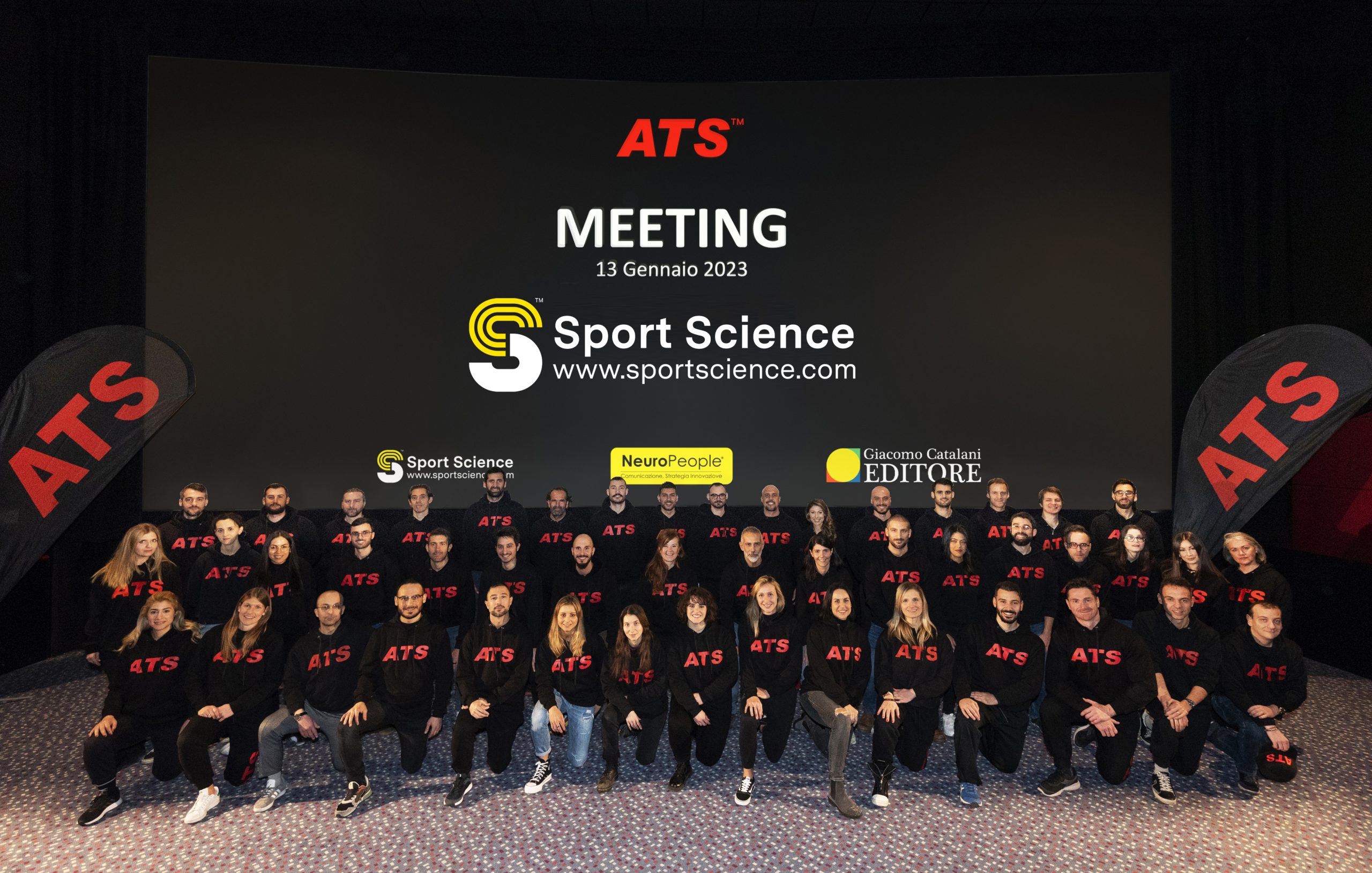Written by Franco Gabichi
By photographing the various positions of the stars in the sky before and during the phenomenon on May 29, 1919, Eddington experimentally proved the theory of relativity.
1919 was a great year for Albert Einstein. In fact, the total solar eclipse that occurred on May 29 a hundred years ago proved that the predictions of general relativity were correct. Again against common sense, Einstein fired again in a big way. Light does not always travel in a straight line but under certain conditions it can deviate. To understand this statement, we need to let go of our traditional concept of space.
For Einstein, phenomena occur in “space-time,” something that has four dimensions and can, unlike normal space, be warped by the presence of matter in the same way a bowling ball can warp a rubber rug. So the sun, with its mass, distorts the space-time surrounding it, and if a ray of light passes through it, it will inevitably have to follow this distortion and leave the straight line path.
But how can such a statement be proven? very simple. Simply photograph an area of the sky that is particularly rich in stars and then photograph it again when the Sun is found in the same area during a total eclipse. And if Einstein’s theory is correct, then a comparison between the two images will show that the stars near the sun have shifted slightly from the position they occupied without the presence of the eclipse.
Therefore, a total solar eclipse would have served as a test bed, and some observations before 1919 had been attempted without success. An expedition that went to Brazil in 1912 to observe the eclipse of April 17 failed because of rain. Two years later, in 1914, a German expedition went to the Crimea for the eclipse of August 21, but the outbreak of war thwarted the project.
The war also precluded a subsequent mission to Venezuela. But finally, after the war, the occasion arose for the total solar eclipse of May 29, 1919, a very exciting event because the Sun would have had the background of the rich open cluster of Hyades of exceptionally bright stars and also this phenomenon would have lasted 5 minutes when the total eclipse was at maximum. The sun has 7 minutes and 31 seconds. At this point two expeditions were organized to prevent bad weather from ruining everything, one led by Arthur Eddington towards Principe Island in front of Guinea and the other led by Andrew Cromelin towards Sobral in northern Brazil.
It should be remembered that an important role in organizing the expeditions was played by Arthur Eddington, one of the most important astrophysicists of the twentieth century, who from the very beginning supported Einstein’s theory with great enthusiasm, fascinated by its mathematical elegance. “Regardless of whether or not the theory ultimately proves to be true,” Eddington declared, “it deserves attention because it represents one of the most beautiful examples of the latent power of mathematical thinking.” Eddington’s enthusiasm is summed up in this answer Edwin Cottingham gave to a member of the expedition who asked him what would happen if no expedition confirmed the theory: ‘Him!’
For Eddington, unfortunately, it immediately went very badly because on the 29th of May he was hit by a heavy downpour and the astronomers in his expedition observed the eclipse when the phenomenon was already underway. Busy taking pictures, Eddington managed to impress sixteen paintings, but almost all of them were “disturbed” by the clouds, but he finally found a painting that agreed with Einstein’s theory. It was, as Eddington himself declared, “the high point of his life”.
Other confirmations, meanwhile, also came from the other expedition. But the news did not spread immediately. Only on September 27, in fact, did Einstein receive a telegram from Lorenz informing him of the success and Einstein replied with two messages. The first is addressed to the magazine “Naturwissenschaften” to publish the telegram, and the second is a postcard sent to his mother Pauline who was in hospital in Switzerland at the time: «Dear Mama, happy news today. H.A. Lorenz telegraphed to me that British Expeditions had already confirmed the Sun’s deflection of light.
The success of that extraordinary experiment was revealed in European and European only in early November when the London Times was the first to publish the wonderful news with a title that also refers to the episode in which Einstein presented his work to publishers, warning him that no more than ten people in the world would understand that. In fact, Einstein’s statement referred to a popular publication on relativity that he had proposed some years earlier, but the reporter, to his liking, had adapted it to that circumstance.
This is the headline: “Light Walks in the Sky Scientists Almost Shocked by the Results of Observing Eclipses Einstein’s Theory Triumphs The Stars Are Not Where They Appear or in the Calculated Position, But You Don’t Have to Worry A Book of Twelve Articles Einstein Said When” Accepted by his gallant publishers, he could understand him no more than many in the whole world.Since the 9th of November, Einstein has become a star, and, as Abraham Pais wrote, “not a year has gone by without his name appearing in that journal, often in connection with the sciences, often in connection with subjects other”. So the birth of the legend of the great scientist can be traced back to that date.
So, Einstein was right again. And to those who asked him what he would have thought if the data from the eclipse had disproved his predictions, he answered bluntly, “I would have been sorry to the good Lord, because my theory is correct.” When we say modesty!
Source: Avvenire.it

“Infuriatingly humble social media buff. Twitter advocate. Writer. Internet nerd.”


